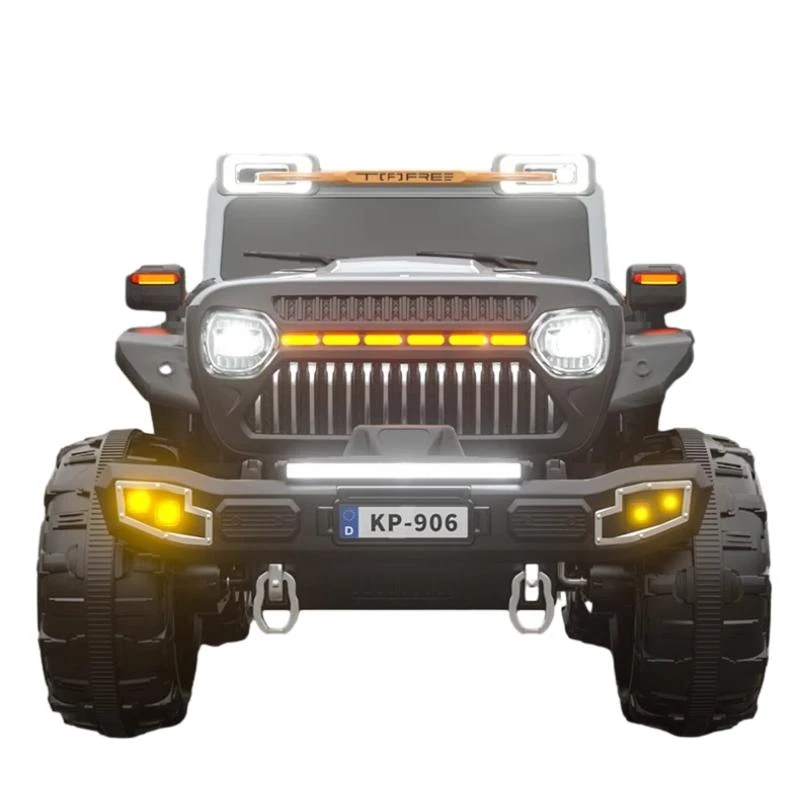can you ride electric scooter in snow
Can You Ride an Electric Scooter in Snow?
As electric scooters have surged in popularity over the past few years, many individuals have wondered about their functionality in adverse weather conditions, particularly in snowy environments. Riding an electric scooter can be an enjoyable and efficient way to commute, but when winter weather takes a turn, it is crucial to consider whether these vehicles can handle the challenges presented by snow and ice.
First and foremost, it is essential to understand the design and specifications of electric scooters. Most standard models are not built for winter riding. Their tires are typically made from rubber with smooth surfaces, optimized for traction on dry pavement. When faced with snow or slush, these tires can struggle to maintain grip, leading to difficulties in acceleration, steering, and stopping. This loss of control can pose serious safety risks for riders.
Moreover, snow can accumulate on pathways and roads, creating barriers that electric scooters are not equipped to handle
. While some scooters may boast higher wattage motors and robust frames, these features do not automatically provide the necessary stability and safety in winter conditions. Additionally, snow can conceal potholes, debris, or ice patches, further complicating the riding experience.Riders also need to consider battery performance in colder weather. Lithium-ion batteries, which power most electric scooters, typically operate less efficiently at low temperatures. Cold weather can lead to diminished range and slow down the scooter's acceleration. For those who commute in snowy conditions, the risk of being stranded with a depleted battery increases.
can you ride electric scooter in snow

Nevertheless, if you find yourself determined to ride an electric scooter in the snow, there are certain precautions and modifications that could enhance safety. First, opt for scooters designed specifically for all-weather use. Off-road scooters or those with pneumatic, all-terrain tires can better handle slippery surfaces and provide improved traction.
Before heading out, check weather conditions and gauge the amount of snow on roads and sidewalks. A light dusting may be manageable, but heavy snowfall or ice is best avoided. Additionally, wear appropriate gear such as a helmet, gloves, and clothing that allows for mobility while keeping you warm.
Riding technique is also critical in winter conditions. Keep your weight balanced toward the back of the scooter to maintain stability, and avoid sudden movements, which can lead to skidding. Engage the brakes gently and anticipate longer stopping distances, as snow affects both grip and momentum.
In conclusion, while it is possible to ride an electric scooter in the snow, it requires careful consideration, proper equipment, and a cautious approach. For many riders, it may be wiser to explore alternate forms of transportation during heavy winter conditions. Ultimately, ensuring your safety and the longevity of your scooter should be the primary concern when deciding whether to ride in snow.
-
Understanding Voltage in Battery for Children's Motorized CarNewsJun.05,2025
-
Safety Features to Look for in an Electric Car for KidsNewsJun.05,2025
-
How to Teach Your Child to Ride a Kids MotorcycleNewsJun.05,2025
-
How to Prevent Falls on a Balanced ScooterNewsJun.05,2025
-
How to Maintain Your 3 Wheeled Scooter for LongevityNewsJun.05,2025
-
Best Motorcycle Scooters for Urban CommutingNewsJun.05,2025
